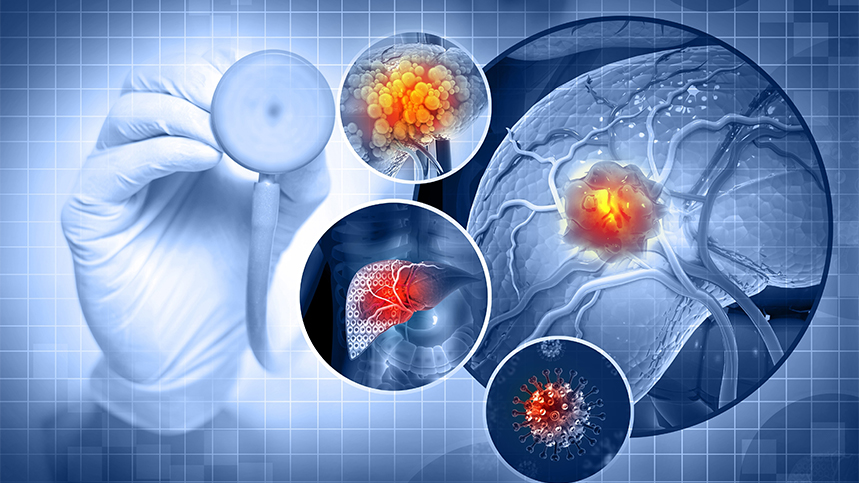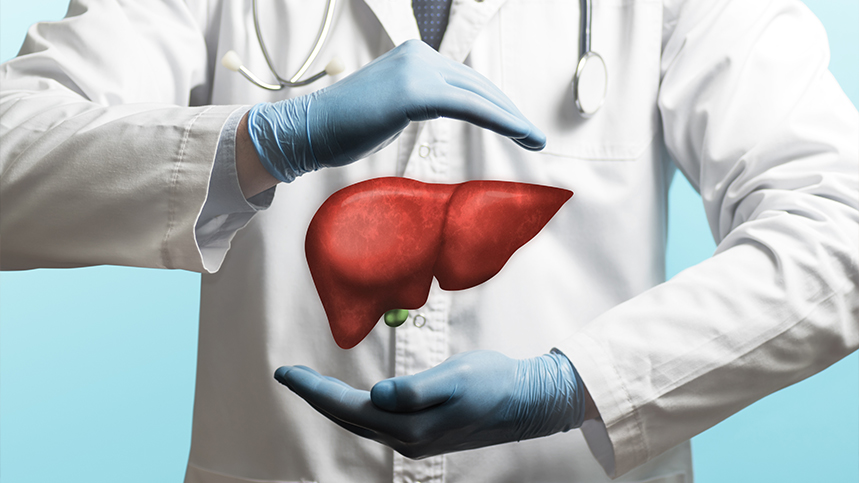When we talk about hemostasis, most of us think of coagulation factors and blood clots. However, there is another essential component of the process that often goes unnoticed - platelets. Platelets are small, disk-shaped cell fragments in the blood that play a crucial role in the formation and maintenance of blood clots. In this article, we will discuss the role of platelets in hemostasis, their composition, and how they help our bodies prevent excessive bleeding.
Platelet Formation
Platelets are formed in the bone marrow alongside other blood cells such as red and white blood cells. In their immature form, platelets are known as megakaryocytes and are larger than mature platelets. As these megakaryocytes mature, they extend cytoplasmic projections called proplatelets, which are then sheared off into thousands of individual platelets. In healthy individuals, the average lifespan of a platelet is around 10 days.
Platelet Composition
Platelets have a complex composition that includes proteins, enzymes, and other substances responsible for hemostasis. Some of the most important constituents of platelets include fibrinogen, von Willebrand factor, and thromboxane A2, which activate the coagulation cascade and stimulate platelet aggregation. Additionally, platelets contain granules that secrete clotting factors and growth factors, which promote the healing of damaged blood vessels.
Platelet Function
The primary function of platelets is to stick to the injured walls of blood vessels to create a temporary plug or seal that stops bleeding. When a blood vessel is damaged, collagen and other substances are exposed to the bloodstream. This exposure triggers the platelets to adhere to these substances through specialized receptors on their surface. Once they attach to the vessel wall, platelets change shape and release their granules, which release clotting factors that promote further platelet aggregation and eventually form a clot.
Role of Platelets in Disease
While platelets play an essential role in hemostasis, abnormalities in their production and function can lead to several health conditions. For example, thrombocytopenia is a condition characterized by reduced platelet count and can lead to excessive bleeding. On the other hand, thrombocytosis is a condition where there is an increased number of platelets and can increase the likelihood of clot formation.
Conclusion
In summary, platelets are the unsung heroes of hemostasis. These small blood components play a crucial role in the formation of blood clots and the prevention of excessive bleeding. Their complex composition and intricate functions highlight the importance of all components of the blood, and how the body's myriad systems work together to protect us against harm. Whether it's preventing bleeding after a scrape or supporting the healing process in more serious injuries, platelets are a fundamental building block that keeps us healthy and strong.










